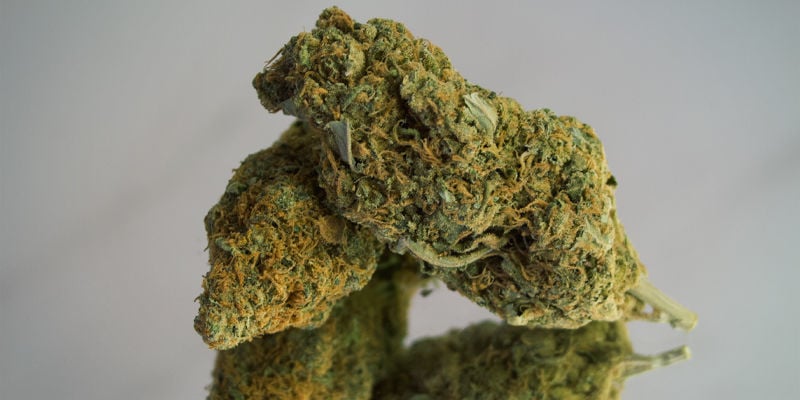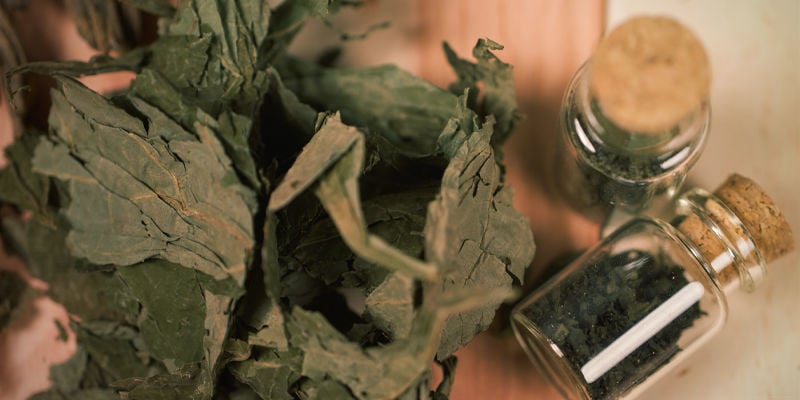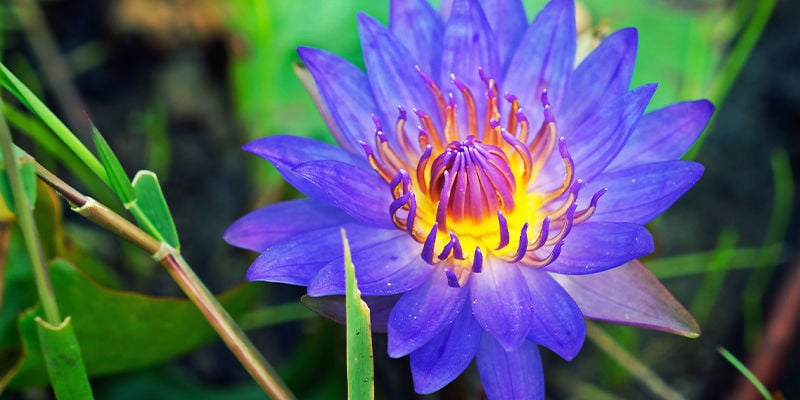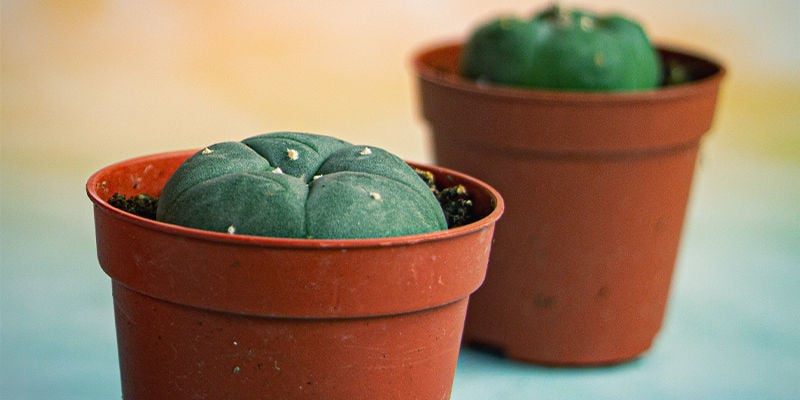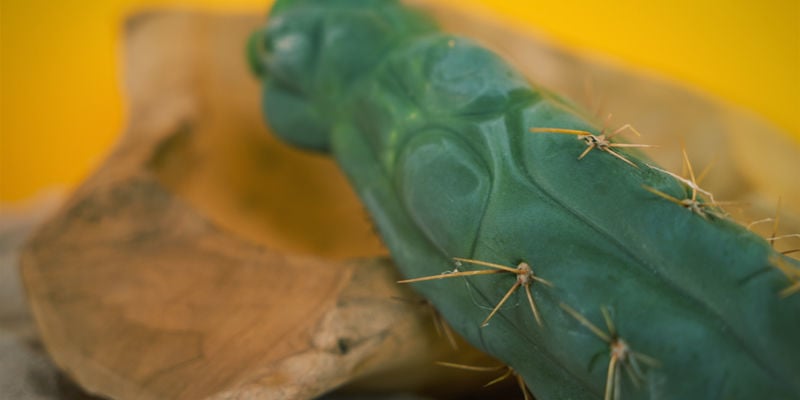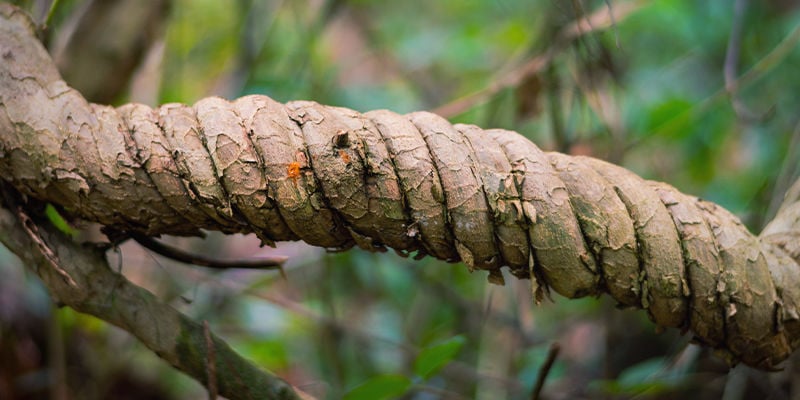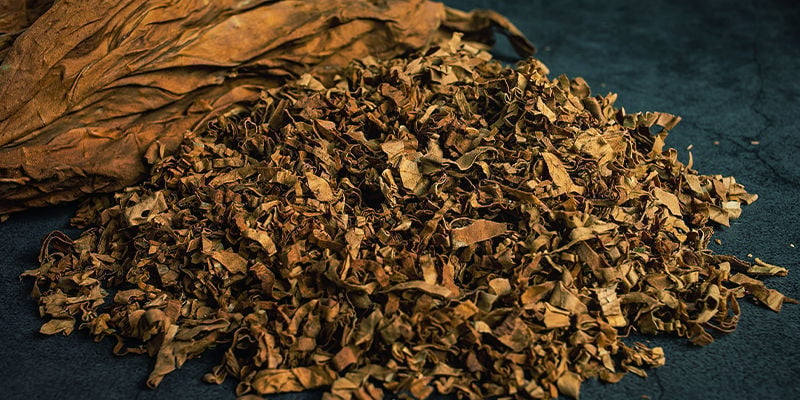7 Sacred Plants From Around The Globe
This is no compilation of cash crops; this is the fruit of forbidden knowledge. If you want to call them drugs, then Mother Nature is the dealer. Ironically, our ancestors had a far superior understanding of the sacred plants. This is the blog the powers that be don’t want you to read.
THE REAL 7 NATURAL WONDERS OF THE WORLD
Expand your consciousness, find yourself, lose yourself, take the edge off, or just experience something different with the 7 sacred plants. Of all the many, many plant species on Earth, the following 7 are special. They are illusive. This exclusive club comprises the plants that have journeyed with and inspired mankind from the days of hunter-gatherers to 21st century psychonauts.
Before we go any further and dive head first into the deep, trippy waters of hallucinogens, psychedelics, and other strange substances, take note of the following phrase: personal accountability. If you’re not prepared for a voyage into the unknown or are frightened and offended by this kind of material, stop reading now. For those brave souls still with us. Allow us to present the 7 sacred plants.
CANNABIS
The true story of the history of cannabis is the reason why you shouldn’t dismiss every conspiracy theory. Originally, way, way, way back, perhaps into prehistory, but certainly ancient history, cannabis played an important role. Medical cannabis use by Chinese Emperor Shen Nung is a historical fact. Tincture use may date back as early as 2737 BC. History and science confirm cannabis has been around a very long time. In fact, your body has an endocannabinoid system (ECS) that’s quite compatible with cannabinoids.
Science has also confirmed that THC gets us high and CBD has tremendous properties. Unfortunately, the cannabis conspiracy that hoaxed the world into believing Reefer Madness and waging the War on Drugs set back research for decades. Cannabis is the only plant cultivated on all five habitable continents by ordinary decent people.
SALVIA (SALVIA DIVINORUM)
Salvia is from the Northeastern Sierra Mazateca Mountain range in Mexico, and is not known to grow anywhere else on the globe naturally. For centuries, the native Mazatecs have made use of this healing and divining herb. Although Salvia divinorum is a member of the mint family and related to sage, it’s quite psychedelic.
In fact, the psychoactive component Salvinorin A is the most potent naturally occurring hallucinogen known to science. While the Mazatecs have been chewing leaves and drinking teas to benefit from salvia. Salvia is actually easily absorbed through the gums. Chewing a quid of salvia can induce a powerful 1–2 hour audio/visual trippy experience very similar to magic mushrooms.
BLUE LILY (NYMPHAEA CAERULEA)
The Ancient Egyptians were certainly familiar with the sacred blue lily. This psychedelic water lily is believed to have originated in the Nile River, although it has spread as far as India and Thailand in more recent times. The blue floating flowers are beautiful and were adored by the Egyptians. But even the hieroglyphs suggest that they were mostly consumed to benefit from the nucifera and aporphine content. Blue Lily is a natural stress-reliever and delivers a calming high. However, it is also reported to be a potent aphrodisiac.
Blue Lily is commonly consumed as a tea or infused in wine. Most will agree that taken in isolation, Blue Lily is a fairly mild intoxicant.
PEYOTE (LOPHOPHORA WILLIAMSII)
Peyote is a mescaline cactus native to Mexico, and has been used for both medicinal and ceremonial purposes by indigenous tribes for thousands of years. Today, the Huichol still gather annually in the desert some 600km northeast of their homeland in the Sierra Madre Mountains of Western Mexico. The Peyote ritual of the Huichol involves many days of hardship. It is a serious undertaking and definitely no vacation. Native Americans to the north have also embraced peyote rituals in the last couple hundred years.
Drinking the sludge-like traditional peyote beverage teleports the consumer to an altered state of consciousness. Some “Newagers” say it’s a portal to another reality. Either way, it’s an intense trip. According to the Shaman of the Huichol, we are all lost in the world. For them, the true purpose of the peyote pilgrimage is “to find their lives”.
Peyote has scared the beejesus out of Europeans until recently. In 1760, a priest in San Antonio Texas published a manual for dealing with the recent native converts to Christianity. A typical line of questioning went as follows: “have you eaten the flesh of man? Have you eaten peyote?”
SAN PEDRO (ECHINOPSIS PACHANOI)
San Pedro is the mescaline cactus from South America, specifically the Andes region. Similar to her peyote cacti cousin, San Pedro consumption induces vivid hallucinations. However, the journey is often likened by Peruvian shaman to a sort of OBE (Out of Body Experience). Again, a rather unpleasant slimy juice is the typical preparation for the dried skins of the cactus. However, Peruvian archaeologist Rosa Fung made an interesting find in a pile of ancient refuse. Dating back to between 700–500 BC at the Chavín site of Las Aldas near Casma, the remnants of cigars made from the San Pedro cactus were discovered.
AFRICAN DREAM ROOT (SILENE CAPENSIS)
The Xhosa people of South Africa are the second largest cultural group after the Zulu Nation. Religious practice of the Xhosa is steeped in tradition and filled with initiations, rituals, and rites of passage. To the Xhosa, God is uThixo or uQamata, AKA the first man on Earth. One can only interact with him through dreams. More specifically, the Xhosa believe that they can make contact with their ancestors while dreaming.
The African Dream Root is an herb native to the Eastern Cape. Prepared after its second year of cultivation, dried, powdered roots of the plant are typically added to water. Consuming the foamy beverage, really at any time during the day, induces a lucid dream when you go to bed that night. Whatever magic is going to happen won’t happen anytime soon. Certainly not while you are wide awake.
The normal rules of psychoactive engagement don’t apply. Too much can make you nauseous, but just the right amount will tune your dream state to the perfect spiritual frequency. Apparently, this can lead to you waking up with the answer to a question or a message from the other side. Chemically, nobody really knows what is going on or what the active ingredients are for sure. All that scientists have contributed is the name Silene capensis.
TOBACCO
The tobacco plant is another North American native species. Tobacco has been, and continues to be revered by indigenous peoples from Canada to Brazil for centuries at least. Smoking tobacco with a pipe is common, and often an integral component in rituals.
During the 19th century, chewing tobacco, which was a blend of molasses and tobacco leaf, was the style of the times, and the most popular method of consumption in the US. These days, most European cannabis users, including those that don’t smoke cigarettes, still roll spliffs mixed with tobacco.
-
 2 min
3 June 2018
Why Does Salvia Make You Trip So Hard?
Salvia is an extremely potent atypical hallucinogen. It is well known for its often jarring and full on trips, leading it to be used as more of a spiritual aid than a recreational hallucinogen. We...
2 min
3 June 2018
Why Does Salvia Make You Trip So Hard?
Salvia is an extremely potent atypical hallucinogen. It is well known for its often jarring and full on trips, leading it to be used as more of a spiritual aid than a recreational hallucinogen. We...
-
 3 min
2 June 2017
Mescaline Cacti Differences
Mescaline is a psychoactive compound found in several species of cacti. Each species provides its own interpretation of the mescaline experience. How do the effects differ from species to species?...
3 min
2 June 2017
Mescaline Cacti Differences
Mescaline is a psychoactive compound found in several species of cacti. Each species provides its own interpretation of the mescaline experience. How do the effects differ from species to species?...













 United States
United States


